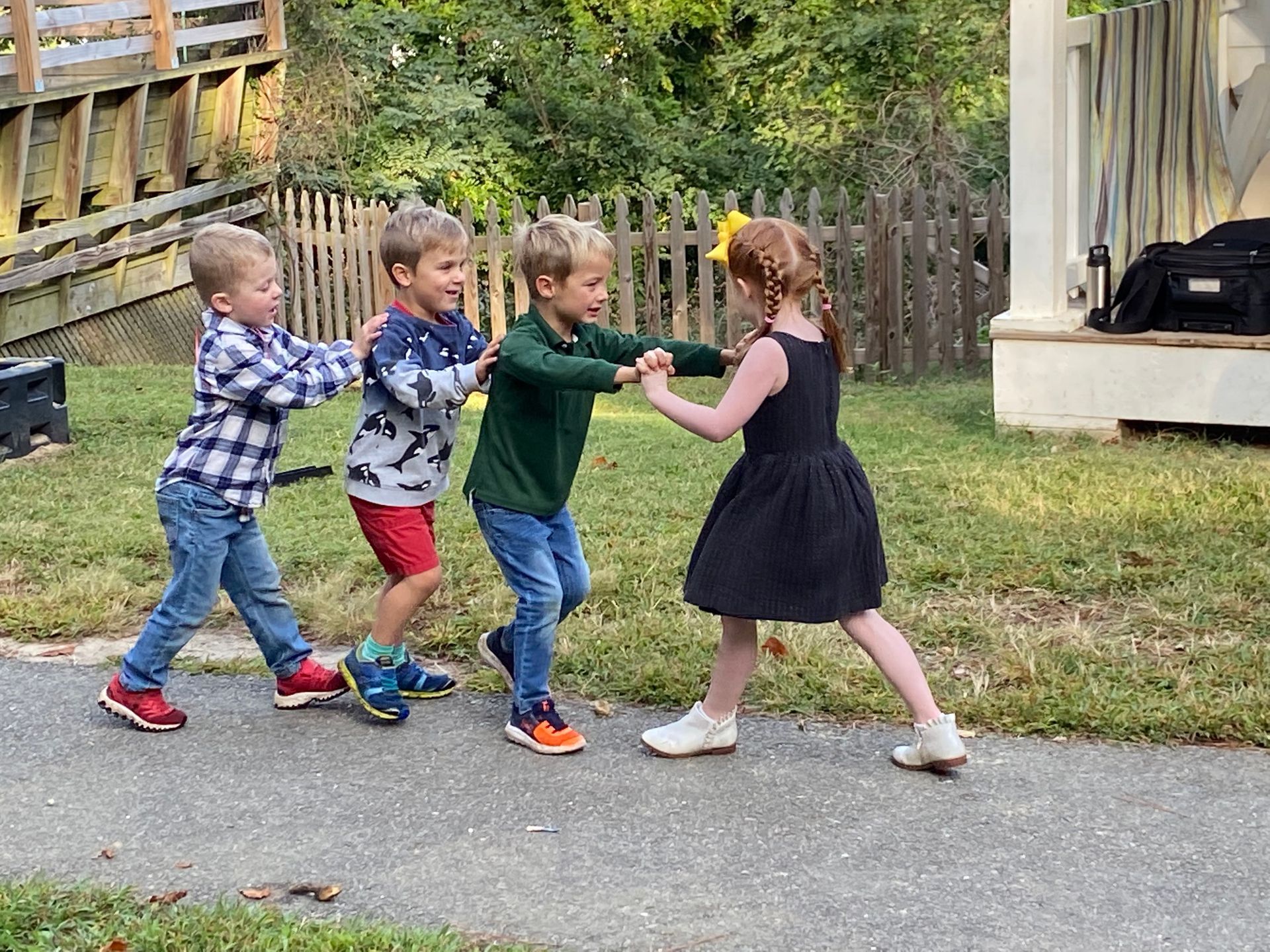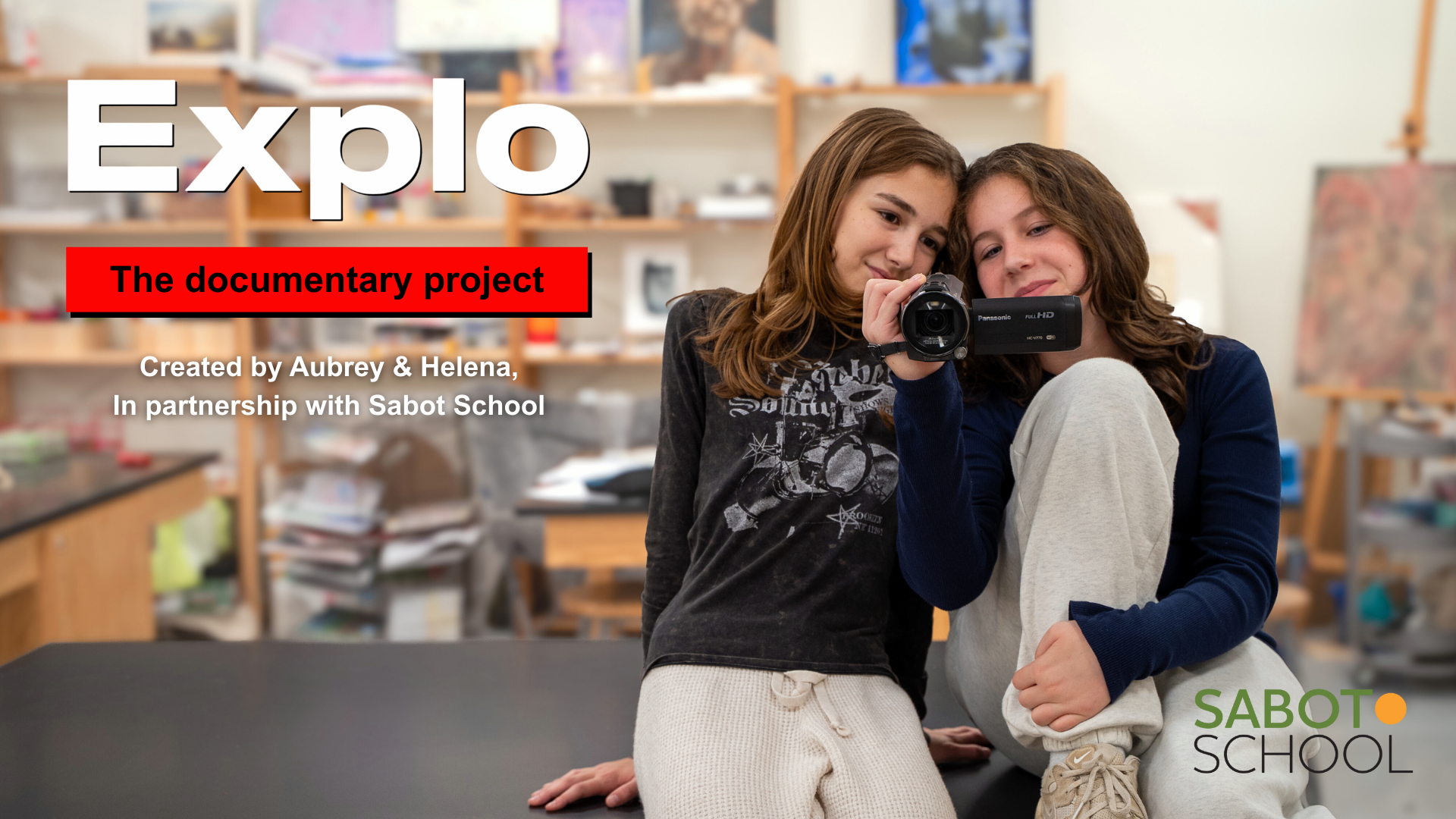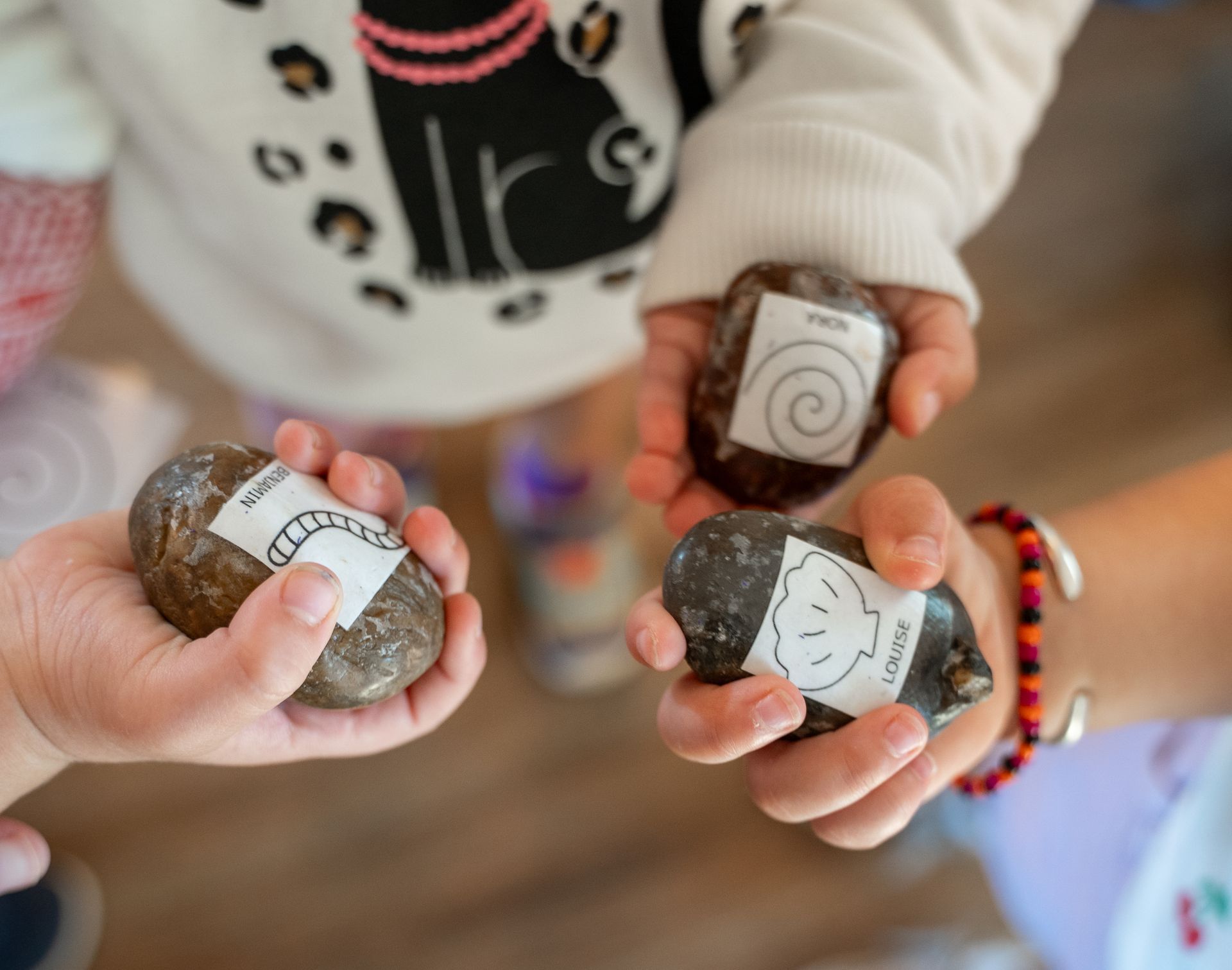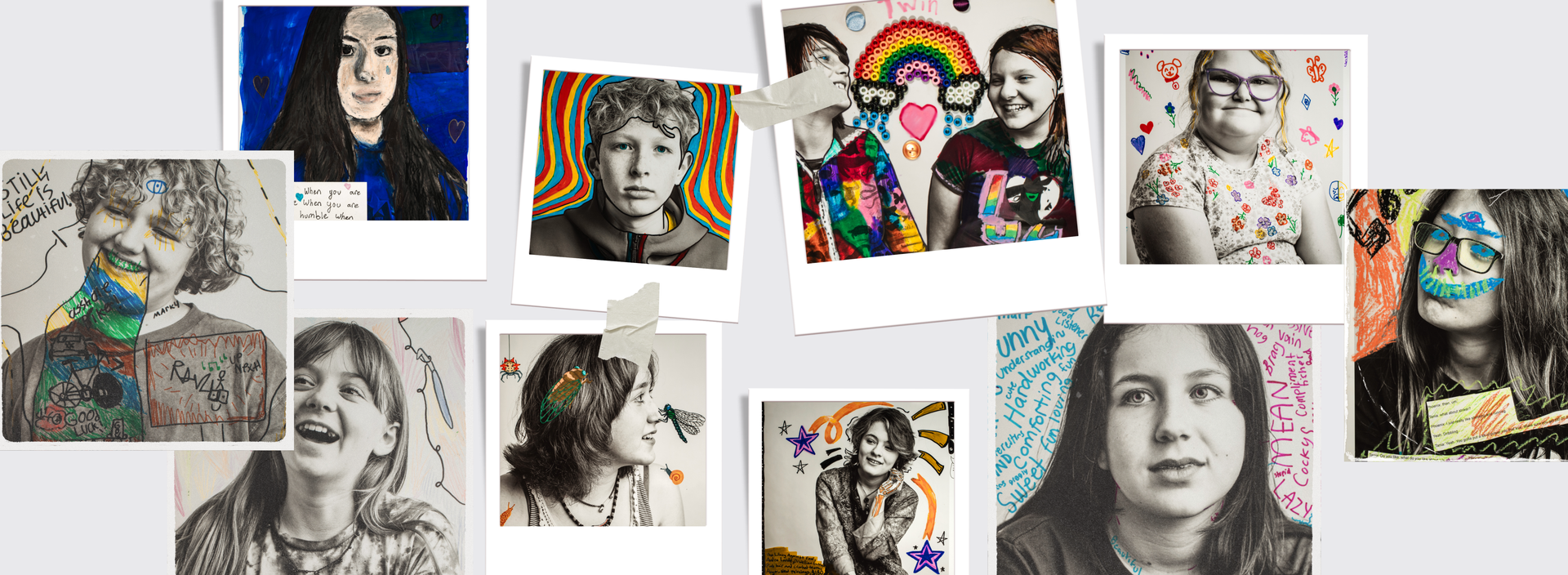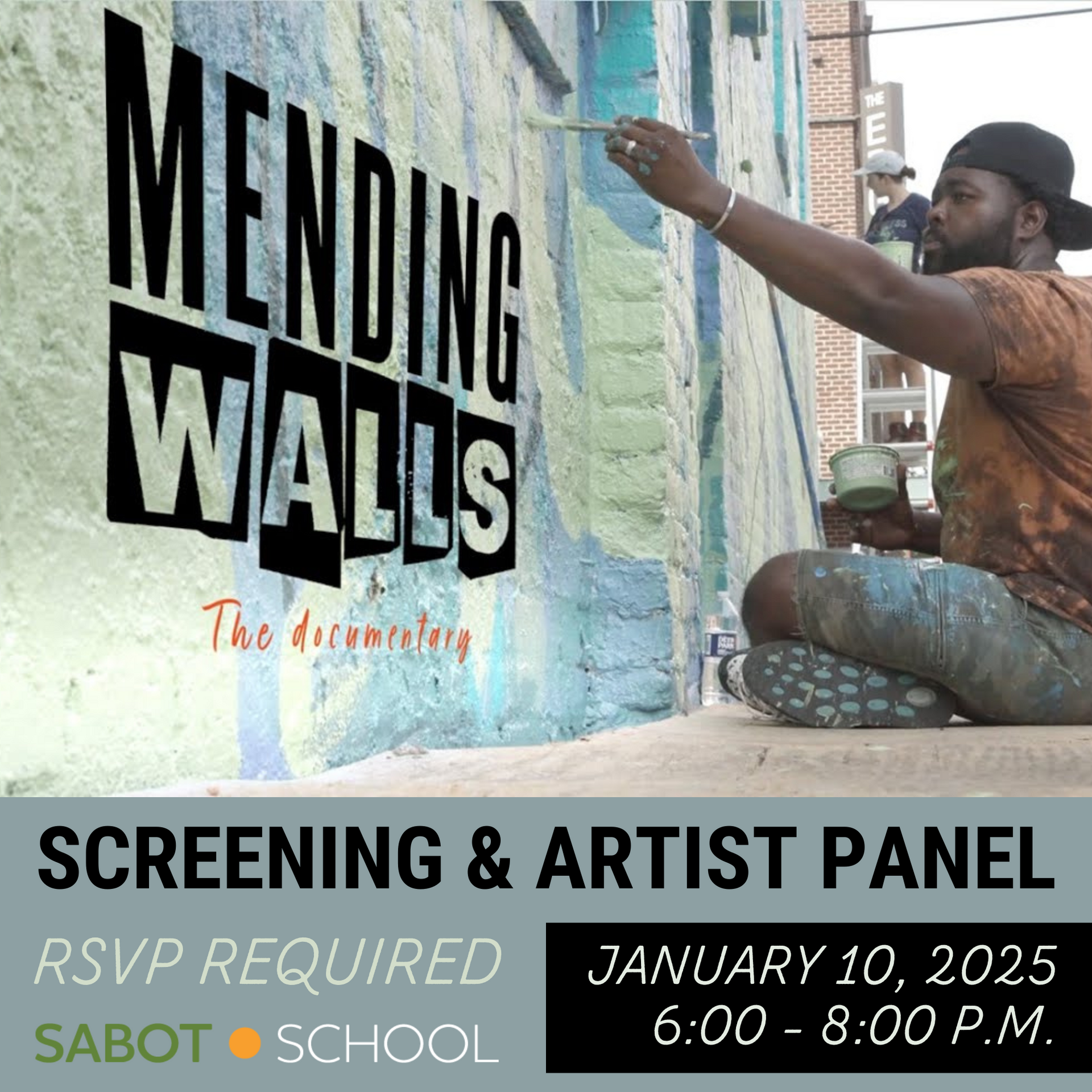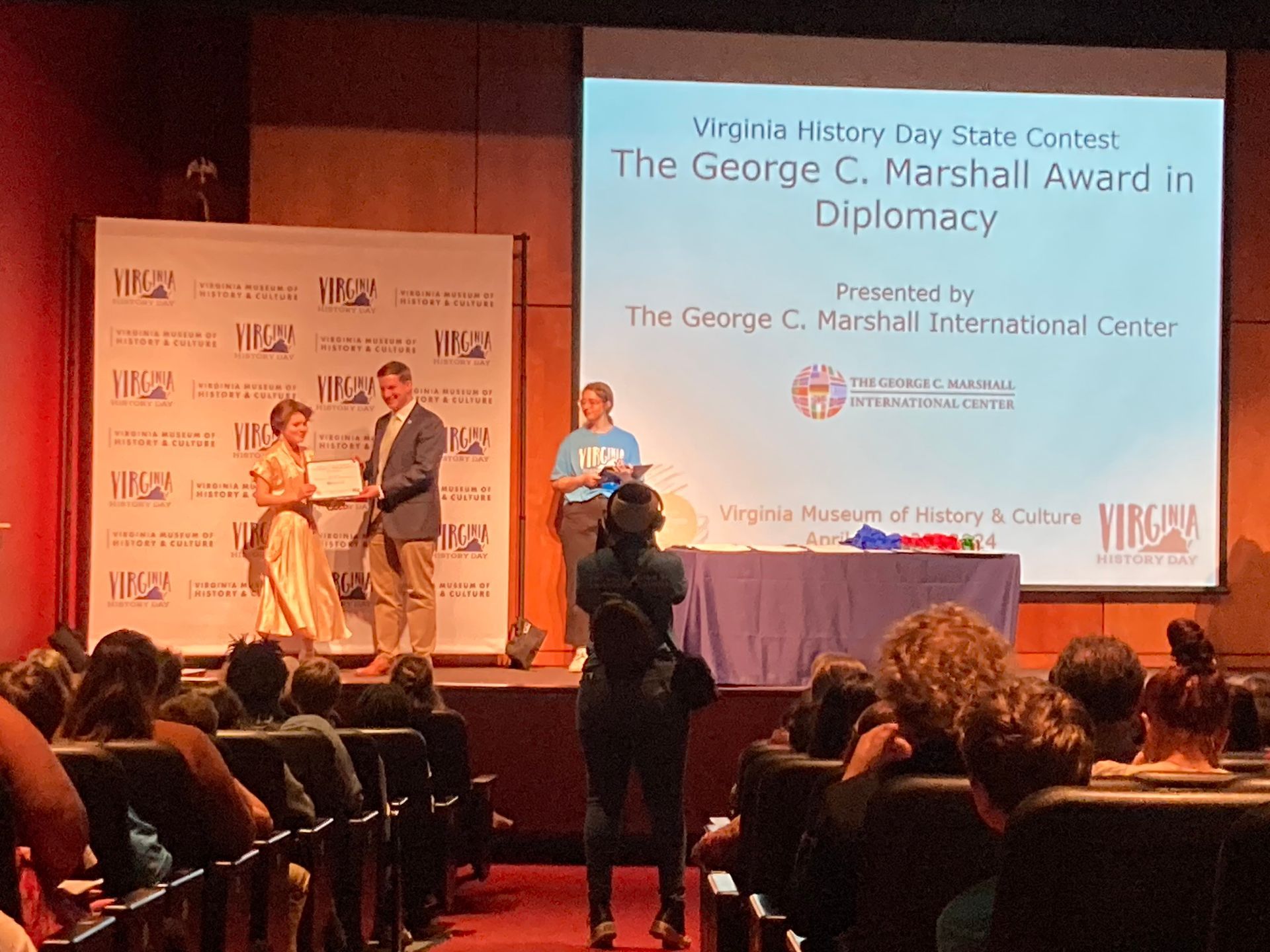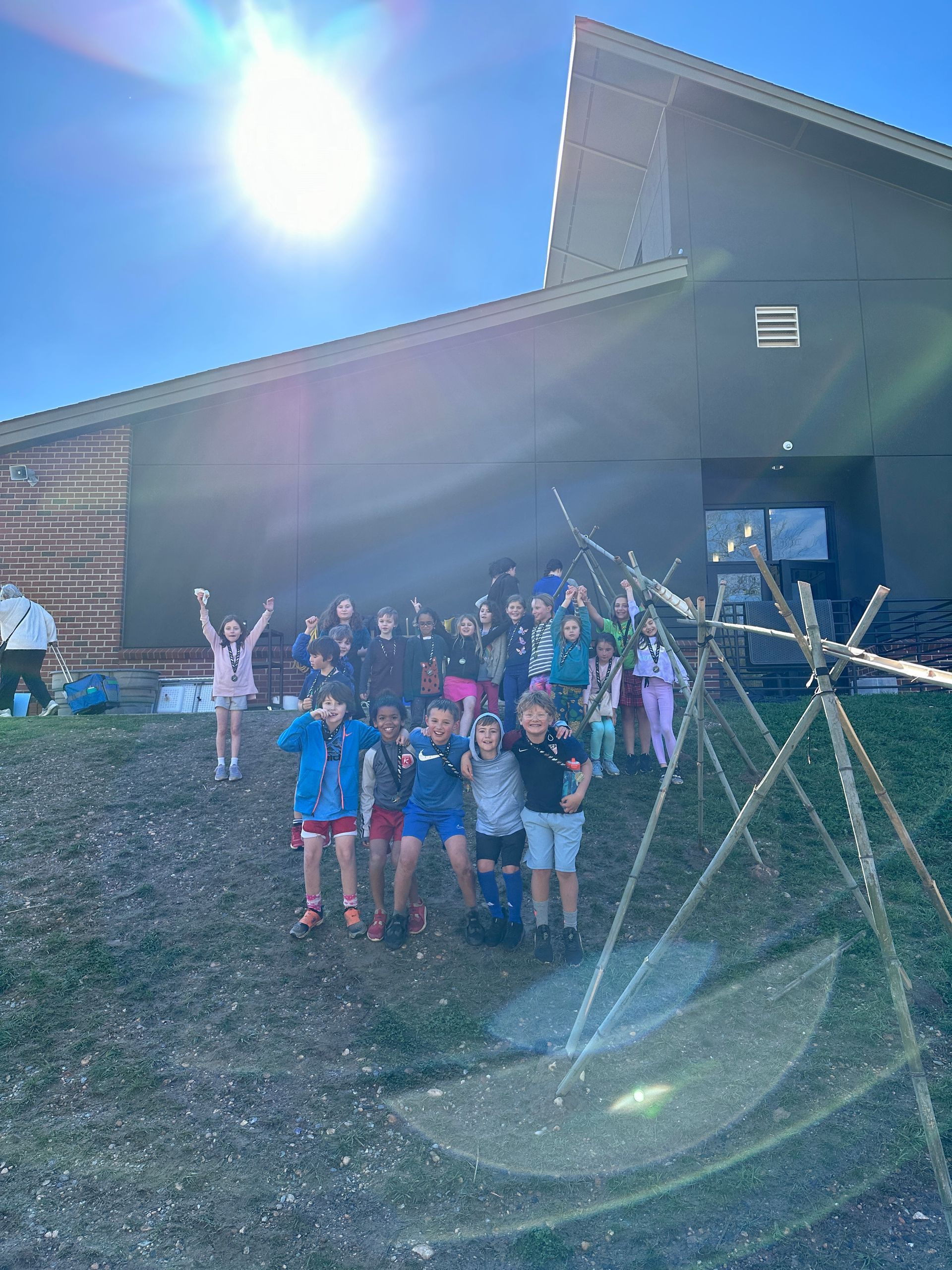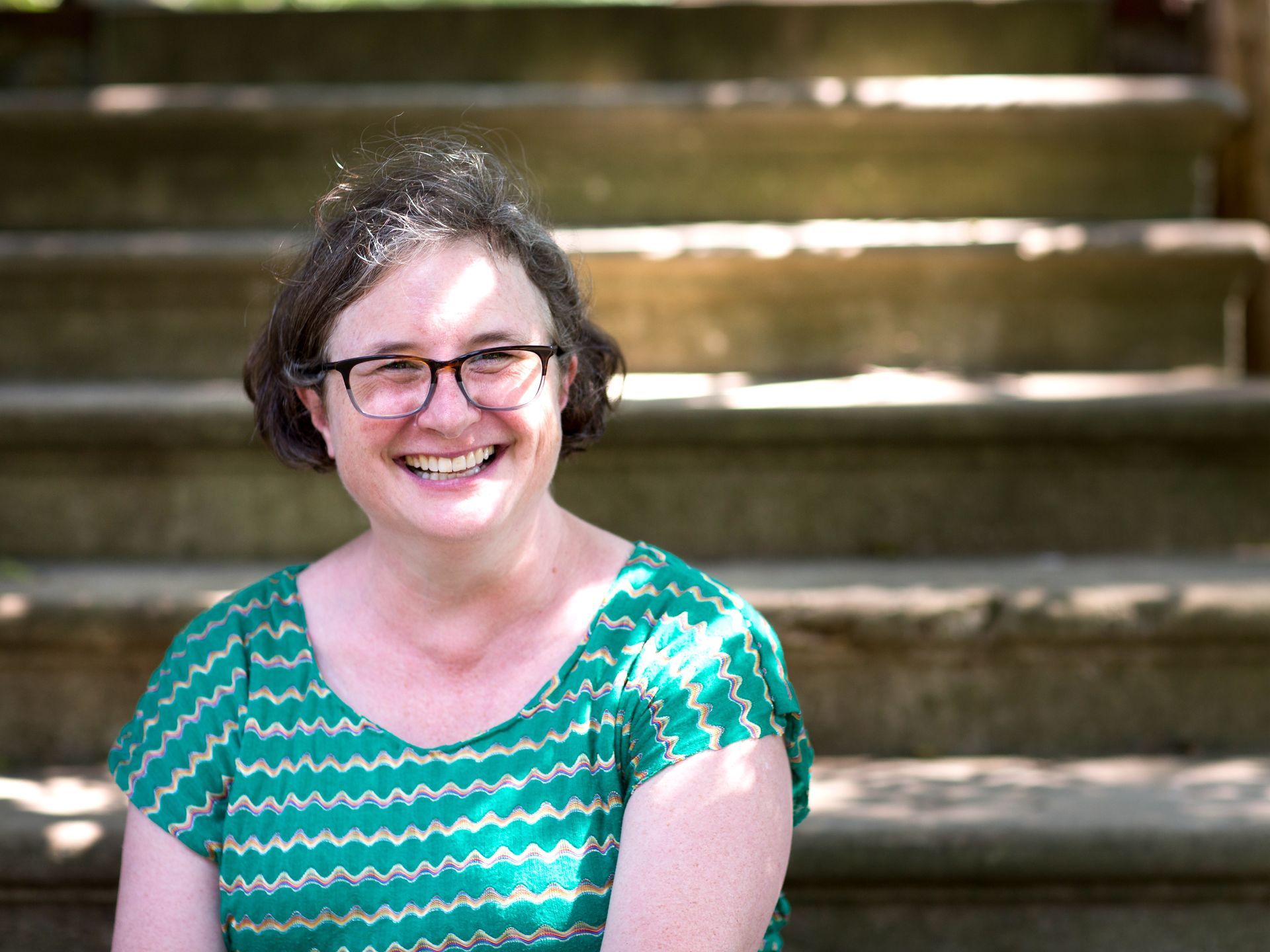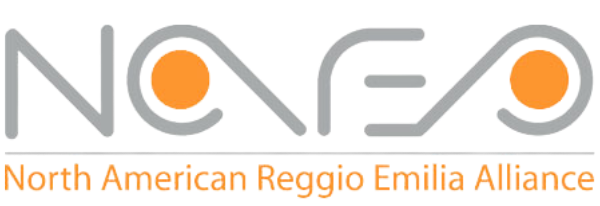We have shared Dr. Loris Malaguzzi’s article A Bill of Three Rights with both the Board as well as with our parent and family community—our Learning Group readers and participants—and it is an article we share with all faculty at the beginning of the school year. It establishes from the start a tone of both seriousness and creativity, inspires both reflection and action, and states explicitly that our image of the child as a capable, active, and curious learner is inseparable from our belief that all children have “inborn endowments and potential of extraordinary richness, strength, and creativity,” as Malaguzzi reminds us. Adults, if they are attentive, learn concurrently with children, recognizing a depth of intellect and spirit.
Here is an excerpt of that article, translated by Lella Gandini and Eva Tarini:
“Children have the right to be recognized as the bearers of important rights: individual, social and legal. They both carry and construct their own culture and are therefore active participants in the organization of their identity, their autonomy and their capabilities. The construction of this organization takes place through relationships and interactions with peers, adults, ideas and objects, as well as both real and imaginary events of a communicative world.
…[C]hildren have the right to fulfill and also expand all of their potential, a process which can be accomplished by recognizing and valuing children’s capacity to socialize by giving them affection and trust, by satisfying their needs and desires to learn. It is equally important that children feel assured of an effective alliance with adults who are ready to give help and understanding which will favor more than the simple transmission of knowledge and skills, but rather the development of their ability to research constructive strategies of thinking and action.
This final point is precisely that which contributes to form creative intelligences, free thinking, reflective and sensitive individuals…”
Sabot’s mission, at its core, seeks to do nothing less than nurture these “inborn endowments” and potentials with its holistic program and in collaboration with supportive, creative adults. Here are recent examples of that mission in action.
PRESCHOOL
GRADE 1
In this next example, a little history is important. In the quad area, beside the treasured structure (the tree-fort platform), older children had wedged a log in a forked tree and had been using it as a seesaw. Days later, first graders found a weathered and ripped note which read, “don’t use this, it is hurting the tree” after which they realized that the seesaw’s friction against the bark was damaging the health of the tree. It took effort (and a couple of adults) to remove the log. The next day, however, middle schoolers had wedged it there again.
Older students disagreed among themselves about whether the log was indeed causing damage and a larger conflict emerged. First grade and representatives from middle school met to discuss the issue and first grade presented research on the ways bark protects trees.
This project is ongoing and while a resolution seems near and possible—a new seesaw in a different area—the conflict is of universal relevance: “how do you get people to listen,” first grade wonders, “when those who are disagreeing are equally certain of their own rightness.” They are thinking about the word “stubborn” as it applies to human beings.
They are also, by necessity, learning much about the needs of trees, wondering if they have feelings and if it is possible for them to have magic qualities.
These two groups of older and younger students remain in guided dialogue as they swap designs and questions, and as new ideas and proposals emerge. They are citizens in an environment that supports co-construction, collaboration, and respectful exchange in order to solve a problem that matters to them and with a resolution of their own design.
For the full text and additional photos of this Mission Moment,
click here to keep reading.


